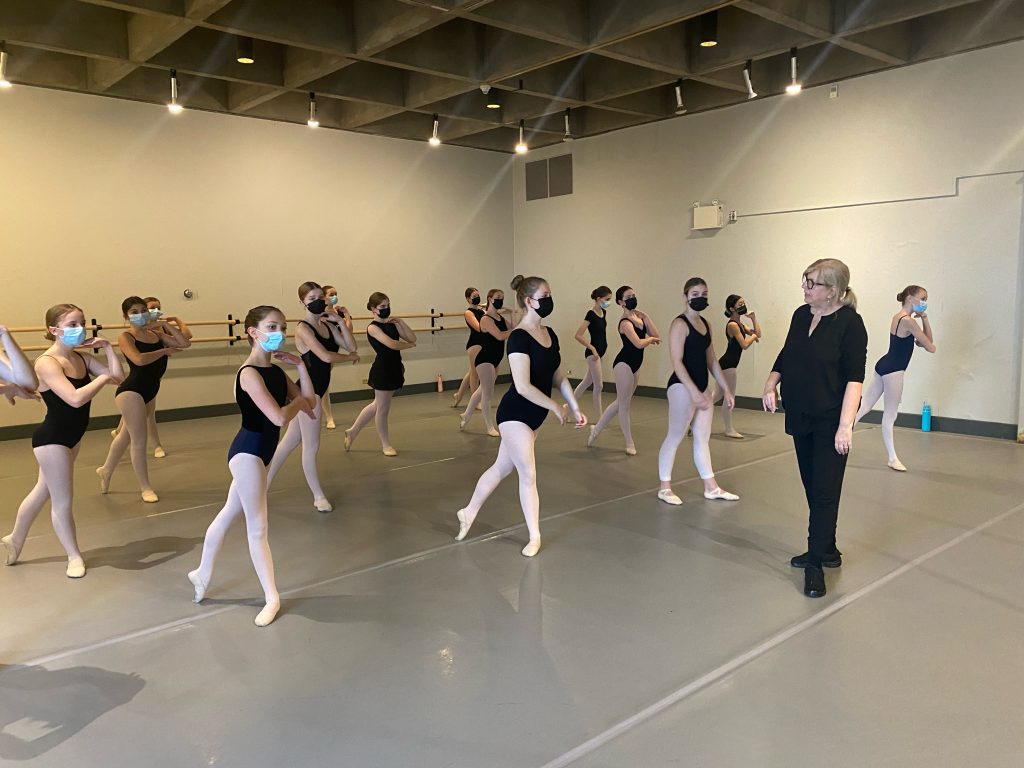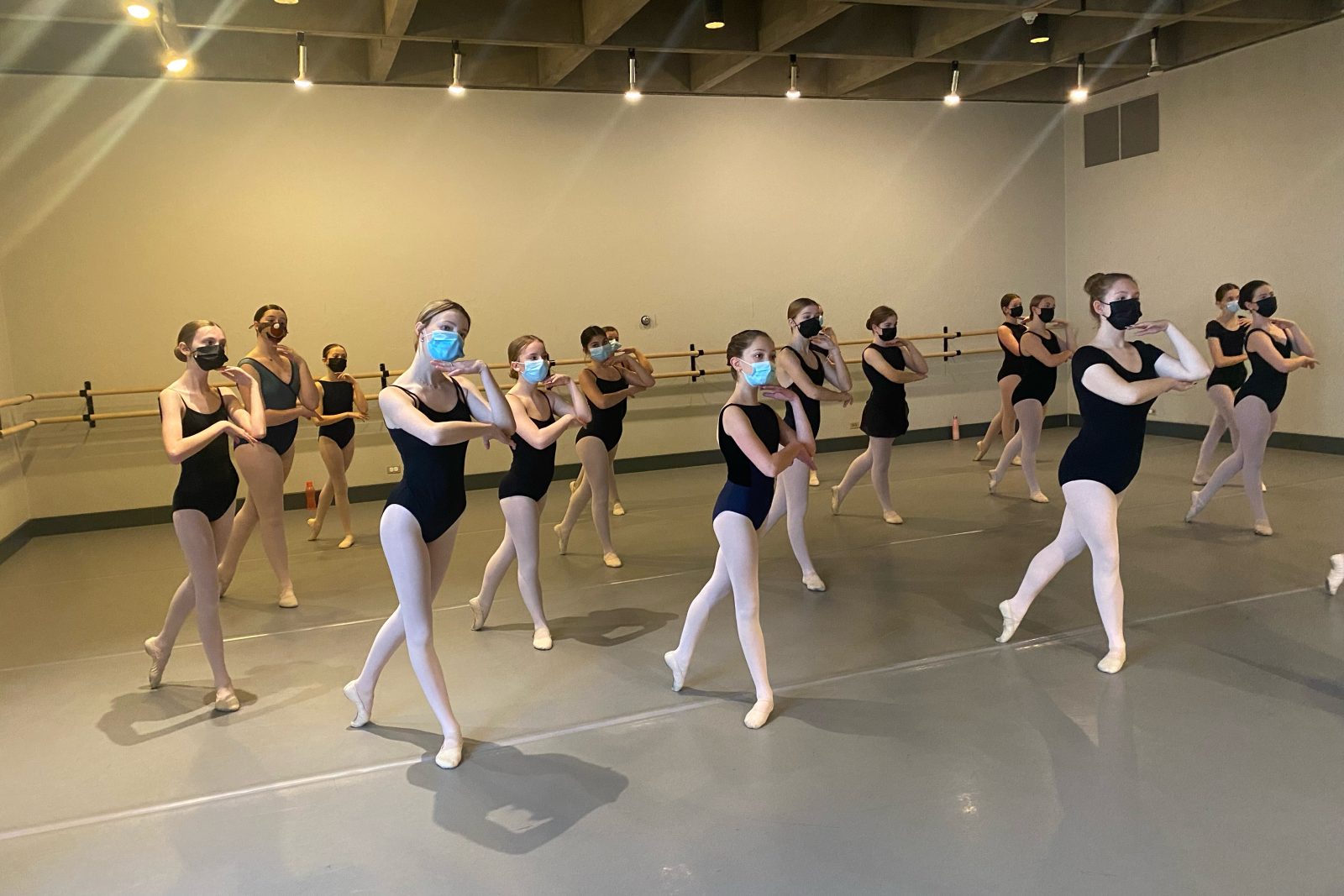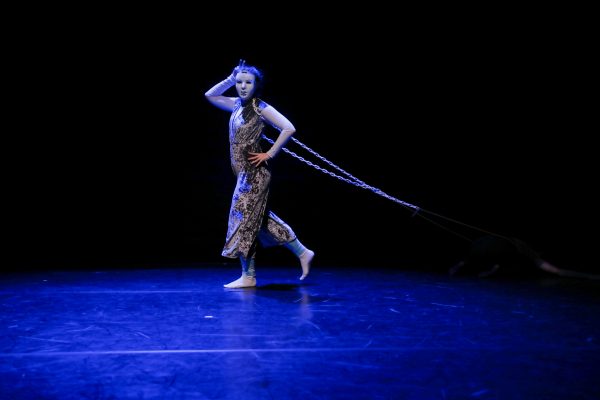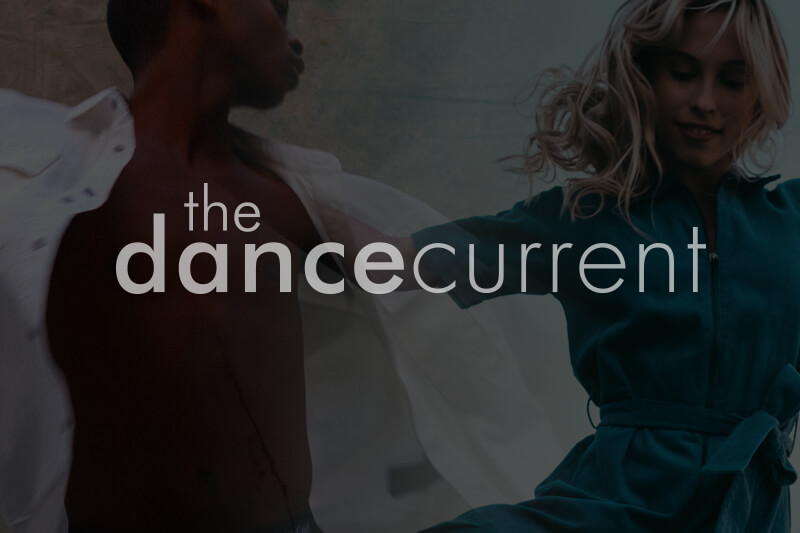This article is published through our Regional Reporter Program. We acknowledge the support of the Canada Council for the Arts through the Digital Now initiative.
A special anniversary was marked in St. John’s last month. Fifty years earlier, in 1972, the city’s first Cecchetti examinations were held. To mark the commemoration, local Cecchetti teachers organized a weekend of workshops, examinations, a demonstration and a reception.
They invited the current chair of Cecchetti Canada, Mary Ross, for the celebration. Ross, who spent 30 years teaching Cecchetti work at The School of Dance in Ottawa, is a fellow and examiner, as recognized by Cecchetti International Classical Ballet. She spoke with regional reporter Donna Ball about Maestro Enrico Cecchetti and the ongoing work of Cecchetti Canada, a national organization that preserves and promotes the Cecchetti method of classical ballet.
***
Donna Ball: Tell me about Cecchetti Canada. What does the organization do?
Mary Ross: The organization is an examining body. We run examinations in classical ballet with the Cecchetti syllabus, anywhere from primary all the way through the grades into the majors: intermediate to advanced one, advanced two and diploma – the highest level. We also do qualifying teachers’ exams: associate, associate diploma, licentiate and fellow. Once a teacher has their associate diploma, they become a full member of Cecchetti Canada and may enter their own students in exams. So Cecchetti Canada sends out examiners from an examining board. And we also have a board of directors. We’re a non-profit, charitable organization. We also run workshops. We have summer schools, which we’re really excited about since this year’s is in August and, with the national teachers’ conference, will be held in Halifax for the first time. I’m hoping that some people from Newfoundland might be able to get over. That’s basically what we do, promote the teaching of classical ballet throughout the country.

DB: Mr. Cecchetti himself has been deceased almost 100 years. Why do you think his method is still prominent today?
MR: Because his method was a teaching method. It wasn’t just a syllabus of choreography, but it was actually steps that train the dancer as they go through the different levels of the Cecchetti work, ending up in the advanced and the diploma where there’s actual steps right from the ballet. His syllabus was really a method of teaching. Every level builds to the next level with concern and promoting the training of a classical ballet dancer. He taught Pavlova and a lot of famous dancers. And a lot of dancers are still working through that syllabus and becoming excellent dancers because of the method itself. One of the things that he did, which was so brilliant, was that he had steps on the days of the week. Every step has its day, you know, like jumps from two feet to two feet are on Monday, and jumps from two feet to one foot are on Tuesday, etc. So it really is a method that makes a complete dancer.
DB: Has the method changed or evolved over the past century?
MR: Not the most advanced work. It is still the same. [But] we have our own grades in Canada. We used to be part of what is called ISTD [Imperial Society of Teachers of Dancing] in Britain, but now have our own autonomy, so we have our own grades [junior classes], but the majors we keep the same. Some things have changed. I think the buildup of the steps through the grades has really changed. We’ve added standards, which are exams for students who come once or twice a week, and they don’t have the time to put into, you know, a very serious ballet training. And we also added presentation classes, which are for those students who may not be quite at the level but would like to show the work. It’s not a marked exam, but it’s a presentation class. So things have evolved, I think. Certainly, the style of the arms. The height of the legs have gotten higher; the number of turns has increased; and the pointe work has gotten stronger.

DB: What has been the impact of having such a standard for classical ballet?
MR: I think it’s a high standard in Canada because Betty Oliphant originally brought the Cecchetti work to Canada via Margaret Saul, through Canada’s National Ballet School where it was first very strong. The first two examiners in Canada were appointed by Betty Oliphant and were teachers from the National Ballet School travelling around Canada. So the standard has always been quite high; the expectation has been high. And I think the impact is it has really produced professional standards of ballet, a very clean technique. We do have exams for recreational students, but we also have exams for students who will train professionally.
DB: What do you hope for the future of the Cecchetti method and Cecchetti Canada?
MR: I hope that we keep moving ahead and that we keep producing high-level professional work. We do work with an international governing body, which is Cecchetti International Classical Ballet, with seven countries. Canada is a part of that. We’re hoping that we still produce professional classical ballet dancers, have the highest standard and with that beautiful, lyrical, romantic quality that Cecchetti himself was so famous for.
This conversation has been edited for clarity and length.
Dance Media Group strengthens the dance sector through dialogue. Can you help us sustain national, accessible dance coverage? Your contribution supports writers, illustrators, photographers and dancers as they tell their own stories. Dance Media Group is a charitable non-profit organization publishing The Dance Current in print and online.

Tagged:





